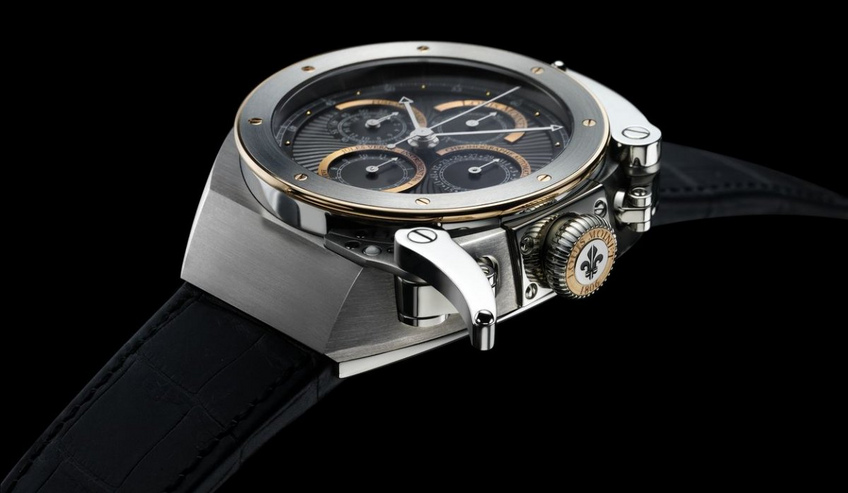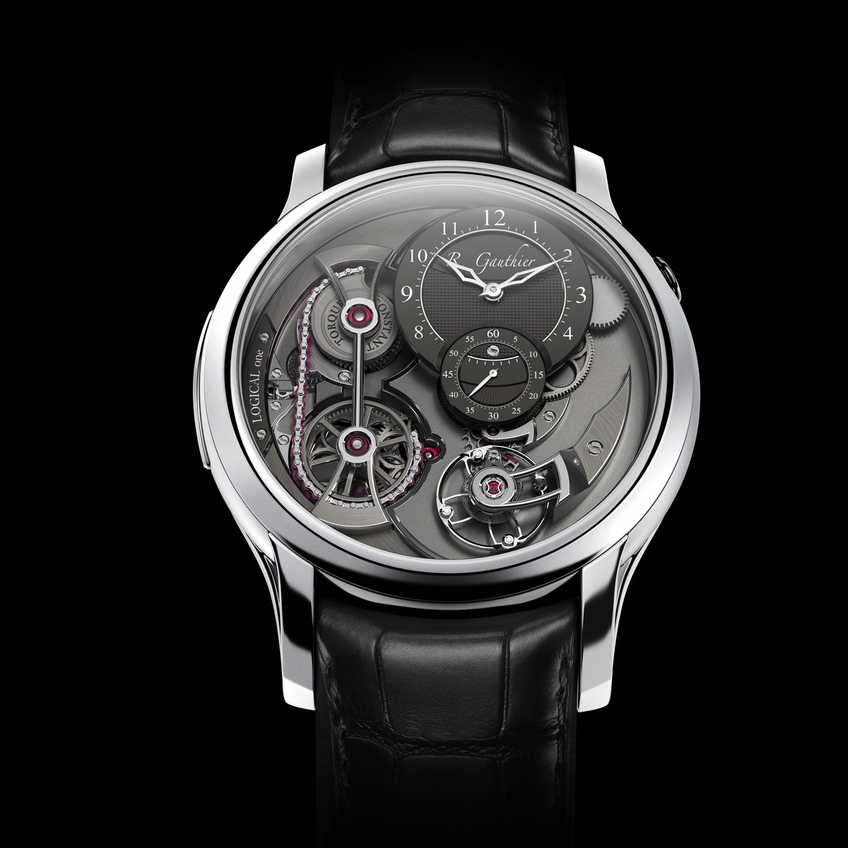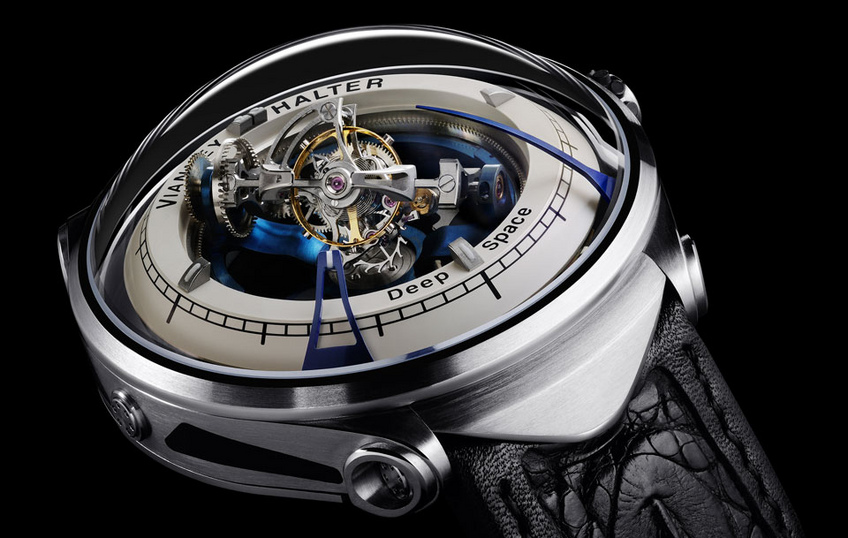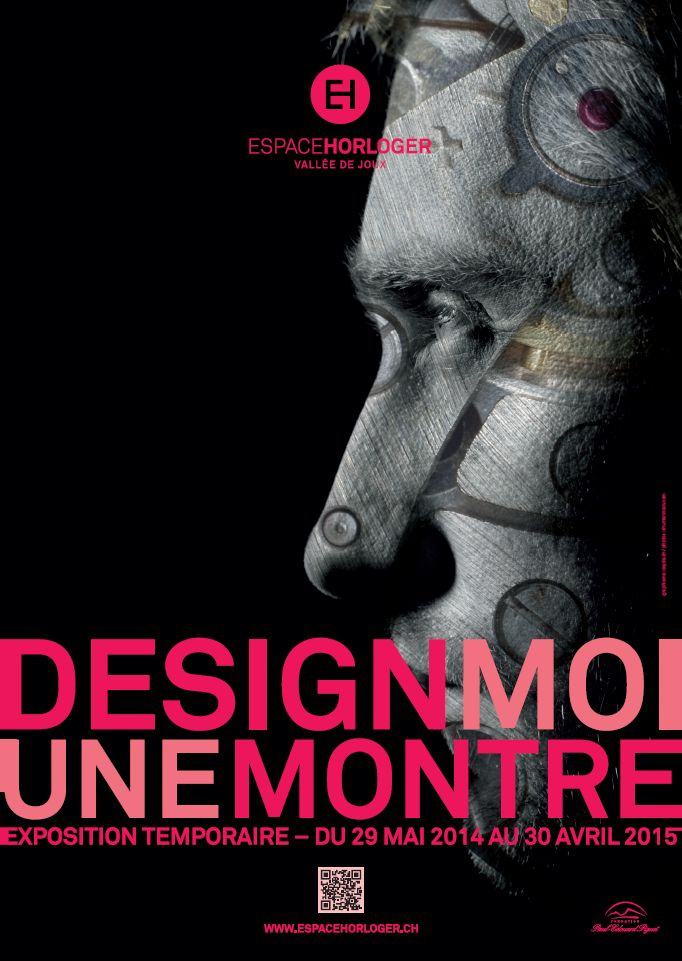

History: the future of watch design
Following the revival of mechanical watchmaking in the late 20th century, watches became mechanical art jewels. Retro-futuristic artistic movements praised both the virtues of industrial arts and of machinery, in order to give it its right value.
Watchmakers developed their aesthetic sense with time. At the beginning, though, it was not given much importance and designers used to only follow the trends of artistic movements. Afterwards, they slowly found their place in firms and imposed their own style. Since then, designers were prominent in companies because it turned out the amount of thought given to each industrial product before production was useful. Nowadays, design is a main issue for watchmaking firms such as independent watchmakers who work on increasingly daring projects in order to follow the philosophy of luxury watchmaking.
Retro-futuristic vision
Developed after the stock-market crash of 1929, the American movement “Streamline” was associated with the development of transport and automobile and it highlighted technical progress. In order to emphasize products and to make sales increase, the trend evoked speed with its aerodynamic shapes and blade-shaped streamlined codes.
It was a rough and industrial style, defined by visible chromes that highlighted the engine even if function was less important than aesthetics. It was only after the quartz crisis that watchmakers adopted this style. In the context of Swiss watchmaking mechanical revival, this movement gave new value to mechanics in watchmaking. A non-conformist movement at first, it then became a retro-futuristic style. We can find this style in most iconic watch productions of the late 1990s and early 2000s such as De Bethune’s.
A movement towards subversive design?
Watchmakers have not yet embraced recent artistic movements such as Italian Radical Design or Post-Modernism. These appeared as a reaction to the excess of industrialization in the last decades. Their suggestions have been followed by very few watchmakers from the mechanical revival, who produce only quality and limited-range watches. Still, these movements reinforce the designer’s artist status. Radical Design rejects the economic and practical vision of previous artistic movements that made designers subjects of the product. By doing so, they placed design at the forefront and turned it into a major discipline.

The gradual disappearance of dials and the increasing complexity of watches at the time hinted that the movement was starting to become popular amongst watchmakers. Consumers were supposed to become more involved in the object’s meaning and what it represents rather than in its function. This may be of interest to contemporary watchmakers who produce watches that are seen as wearable art objects and as a sign of social status rather than timepieces!
Trends in line with watchmaking art
Up this point now, watchmakers have always adapted their own style to basics trends – such as Art Deco or Streamline – that were in vogue before the quartz crisis. When they revisit these movements and add retro-futuristic touches to them, they ignore current technologies such as IT and electronics. They therefore project the future by drawing their inspiration from the past, disregarding the present and the development of both quartz techniques and IT.

Today’s watchmaking productions also have a touch of “vintage” style, which brings back to the foreground some small-size and classic models from the pre-quartz crisis era. They still draw their inspiration from the “Steampunk” movement, which was invented in the late 20th century and refers to the atmosphere of the 21st century industrial society.
Steampunk aesthetics can inspire fantasy, or anticipation or science-fiction watches, as is the case of Vianney Halter. Leading this movement is Jules Verne to whom Louis Moinet dedicated his watches.

All these trends and styles anachronistically celebrate technical progress, mechanics and industry. Watches became technical jewels and watchmaking machinery is highlighted to pay tribute to ancestral reputation and skills.
Exhibition: “Design a watch for me”
The “Espace Horloger de la Vallée de Joux” hosts the “Design a watch for me” exhibition from 29 May 2014 to 30 April 2015. This is an exceptional place for the exhibition of timepieces and watchmaking artistic trends. The unprecedented exhibition on design and watchmaking enables visitors to discover the mysterious world of architects from all eras, whilst discovering the ins and outs of the work of watch designers and manufacturers.

Source: "Design-Moi-Une-Montre" temporary exhibition from 29th May 2014 to 30th April 2015, Espace Horloger Vallée de Joux.





